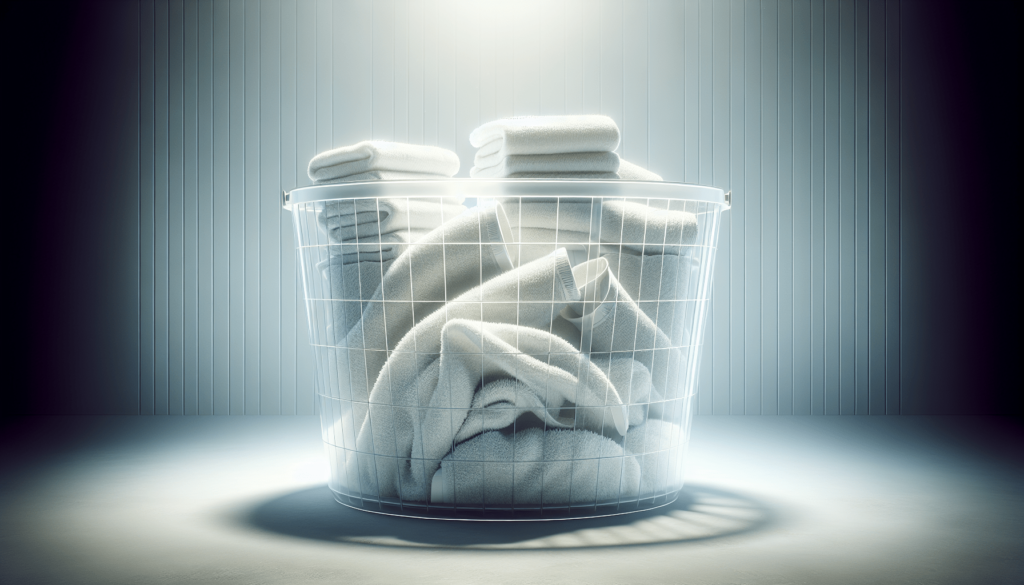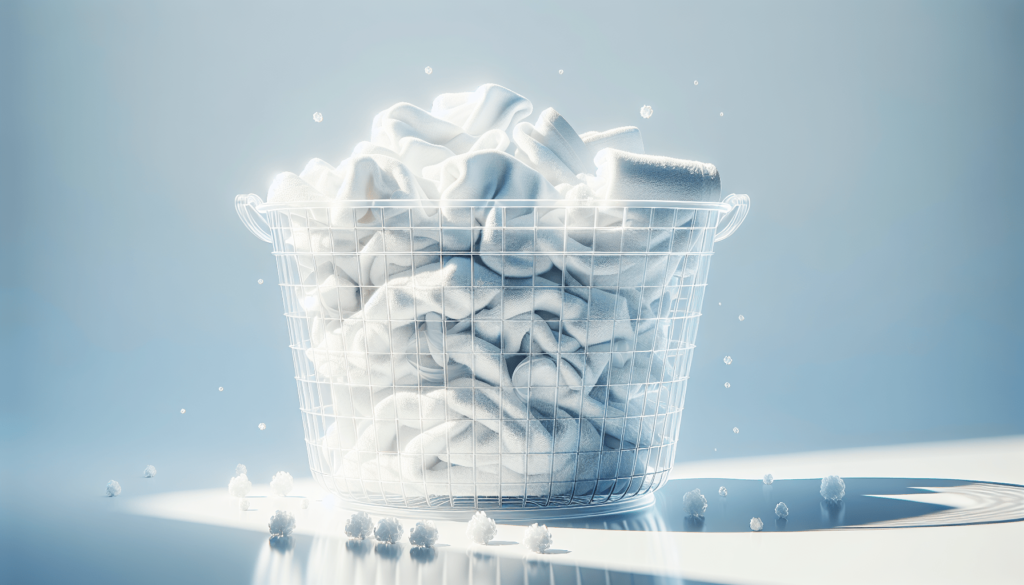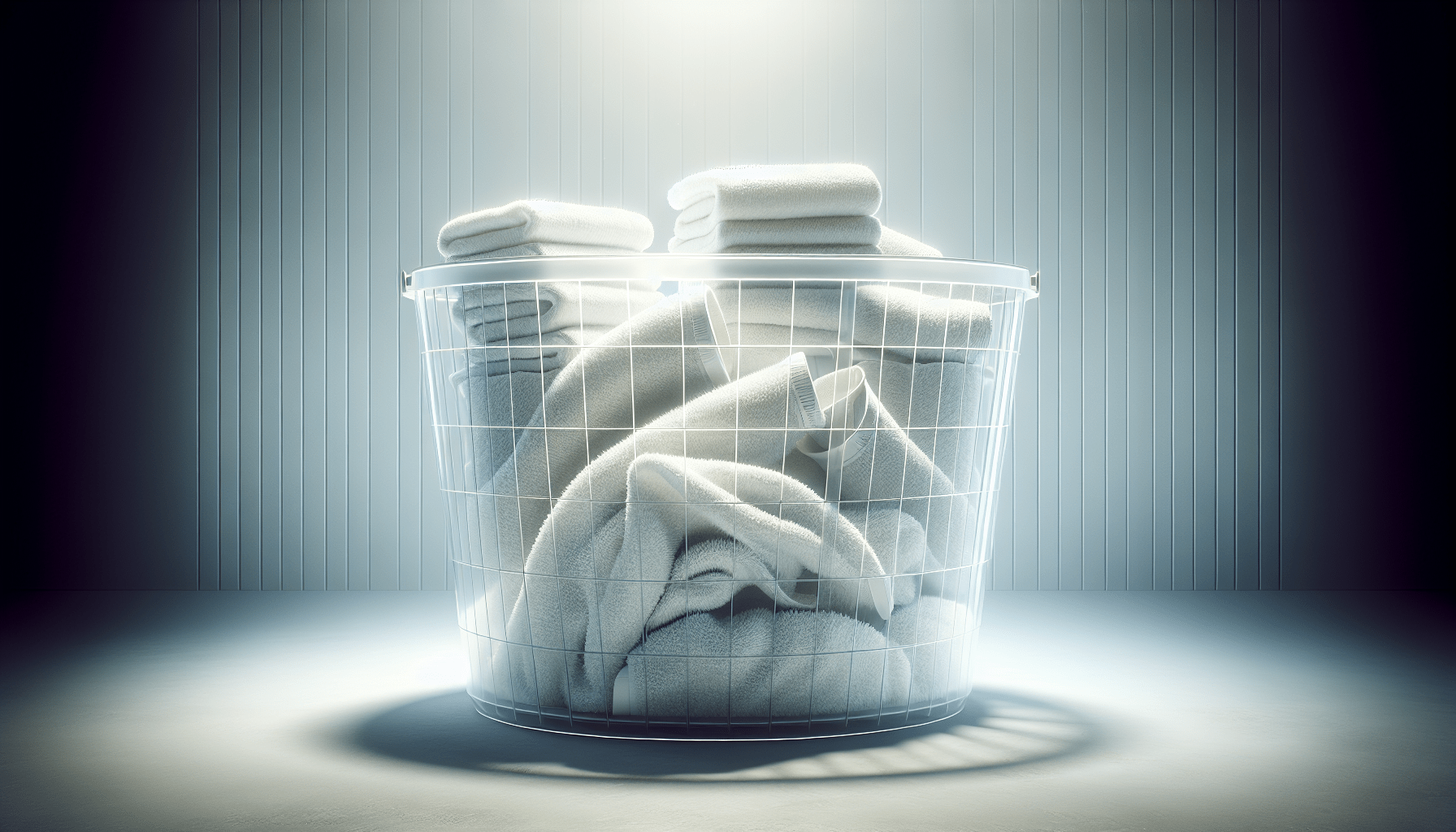Have you ever pulled out fresh laundry from the dryer only to find your skin itching or breaking out in a rash afterward? If so, you’re not alone. Many people experience allergic reactions to laundry detergents and fabric softeners, which can be both uncomfortable and frustrating. Fortunately, there are steps you can take to avoid these unwanted side effects.
Understanding Laundry Detergent Allergies
What Causes Allergic Reactions?
Allergic reactions to laundry detergents and fabric softeners are typically caused by certain chemicals and fragrances present in the products. While these ingredients are designed to clean and soften your clothes, they can be harsh on sensitive skin.
Common Allergens in Laundry Products:
| Allergen | Common Sources |
|---|---|
| Fragrances | Perfumes, essential oils |
| Preservatives | Formaldehyde, methylisothiazolinone |
| Surfactants | Sodium lauryl sulfate (SLS), sodium laureth sulfate (SLES) |
| Dyes | Synthetic colorants |
Symptoms of Laundry Detergent Allergies
Recognizing the symptoms can be the first step in addressing the problem. Symptoms may include itching, redness, rashes, hives, and sometimes even respiratory issues.
Choosing the Right Laundry Detergent
Look for Hypoallergenic Options
One of the best ways to prevent allergic reactions is by switching to hypoallergenic laundry detergents. These products are formulated to be free of common irritants such as fragrances, dyes, and harsh chemicals.
Natural and DIY Alternatives
Consider natural laundry detergents made from plant-based ingredients. Alternatively, you can even create your own DIY laundry detergent using simple household items like baking soda and vinegar.
Comparative Table of Detergent Types
| Type | Pros | Cons |
|---|---|---|
| Conventional | Effective at cleaning, widely available | Contains allergens, environmental impact |
| Hypoallergenic | Reduces risk of allergies, mild on skin | Can be more expensive |
| Natural | Environment-friendly, fewer chemicals | May require more frequent use |

Caring for Sensitive Skin
Patch Testing New Products
Before switching to a new laundry detergent or fabric softener, it’s a good idea to perform a patch test. Apply a small amount of the product to a piece of fabric and then place it on your skin for 24 hours to see if any reaction occurs.
Double Rinsing
An extra rinse cycle can help remove any residual detergent or fabric softener from your clothes, reducing the likelihood of skin irritation.
Choosing the Right Fabric
Sometimes, the type of fabric you wear can exacerbate allergic reactions. Natural fabrics like cotton, bamboo, and linen are less likely to irritate sensitive skin compared to synthetic materials.
Safe Fabric Softeners
Alternatives to Standard Fabric Softeners
Fabric softeners often contain fragrances and other chemicals that can irritate your skin. Opt for hypoallergenic fabric softeners or natural alternatives such as wool dryer balls or a mixture of vinegar and essential oils.
How to Make Your Own Fabric Softener
Creating your own fabric softener is easier than you might think. Combine equal parts of vinegar and water and add a few drops of a skin-safe essential oil for a mild, natural scent.

Laundry Practices to Minimize Risk
Washing New Clothes
Newly purchased clothes often contain chemical residues from manufacturing. Washing them before wearing will help remove these irritants, reducing the risk of an allergic reaction.
Keeping Your Washing Machine Clean
Residual detergent and fabric softener can build up in your washing machine, making it less effective and potentially causing allergic reactions. Regularly clean your machine to prevent this buildup.
Setting the Right Water Temperature
Hot water can help kill bacteria and remove allergens more effectively. Follow garment care instructions to choose the optimal water temperature for washing your clothes.
When to See a Doctor
Persistent or Severe Reactions
If you experience persistent or severe allergic reactions despite taking precautions, it may be time to consult a healthcare professional. They can help identify specific allergens and recommend appropriate treatments.
Allergy Testing
A dermatologist or allergist can perform tests to pinpoint the exact substances causing your reactions. This information will be crucial in selecting the right laundry products and other household items.
Common Myths About Laundry Allergies
Myth: Hypoallergenic Products Are Always Safe
While hypoallergenic products are formulated to reduce the risk of allergic reactions, no product is guaranteed to be 100% safe for everyone. Always perform a patch test first.
Myth: High-Efficiency Detergents Are Better for Sensitive Skin
High-efficiency (HE) detergents are designed for HE washers that use less water. They are not necessarily better for sensitive skin unless specifically labeled as hypoallergenic.
Frequently Asked Questions
Can I Still Use Fabric Softener Sheets?
Fabric softener sheets can leave a residue on clothes that may irritate sensitive skin. Opt for liquid fabric softeners labeled as hypoallergenic, or natural alternatives like wool dryer balls.
What Should I Do If I Have a Reaction?
If you develop a rash or other symptoms, stop using the suspected product immediately. Wash the affected skin with mild soap and water, and consider using an over-the-counter hydrocortisone cream to reduce inflammation. If symptoms persist, consult a healthcare professional.
Are Children More Susceptible to Laundry Allergies?
Yes, children’s skin is generally more sensitive than adults’, making them more susceptible to allergic reactions from laundry detergents and fabric softeners. Use baby-friendly, hypoallergenic products to minimize risk.
Conclusion
Preventing allergic reactions to laundry detergents and fabric softeners involves careful consideration of the products you use and adopting best practices in laundry routines. By selecting hypoallergenic and natural options, performing patch tests, and taking proactive measures to reduce exposure to irritants, you can enjoy fresh, clean laundry without the discomfort of allergic reactions. Stay informed and take the necessary steps to protect your skin and health.
